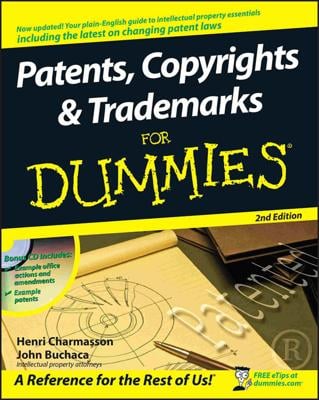The CISSP candidate should understand that because of the difficulty in prosecuting computer crimes, prosecutors often use more traditional criminal statutes, intellectual property rights, and privacy laws to convict criminals. In addition, you should also realize that specific computer crime laws do exist.
Intellectual property is protected by U.S. law under one of four classifications:- Patents
- Trademarks
- Copyrights
- Trade secrets
Licensing violations are among the most prevalent examples of intellectual property rights infringement. Other examples include plagiarism, software piracy, and corporate espionage.
Digital rights management (DRM) attempts to protect intellectual property rights by using access control technologies to prevent unauthorized copying or distribution of protected digital media.

